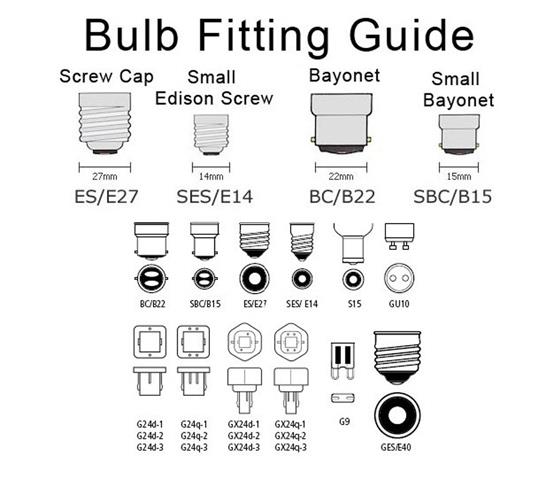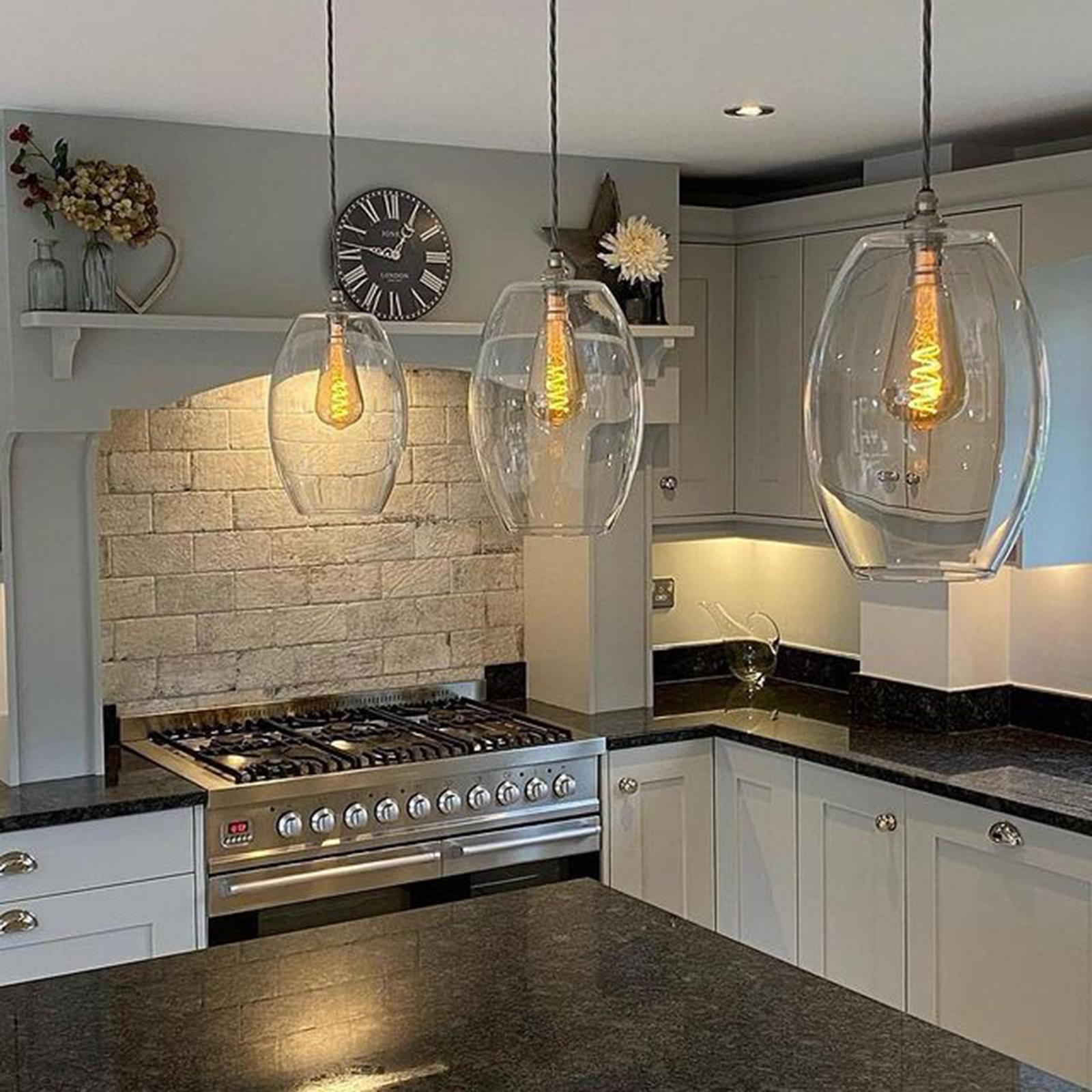As the old saying goes, there’s no light without bulbs, or something like that! What bulbs do you need?
Wall and pendant lighting can completely change the look and feel of your home, and the bulb is the cherry on top. There’s a huge range of bulbs out there that can feel overwhelming, but fear not, we are here to help. With so many things to think about with bulb choice breaking it down into stages makes choosing the right bulb so much easier.
Stage 1: WHAT LAMP HOLDER FITTING DO I HAVE?
Cats live by the motto ‘If I fit, I sit’, bulbs work the same way. Your light will have a lamp holder that requires a certain type of light bulb, and if the wrong bulb is chosen, it simply will not fit.
Our most common lightbulbs are LED screw caps and bayonets. Screw caps, labelled with 'E' and also known as Edison bulbs, have to be screwed into the light. Lightbulbs beginning with 'B' refer to bayonets, which are connected to the fitting by using a push and twist action.
When you purchase a light from us you will be able to see in the technical information on the product what fitting type the light is. Once you know this, the bulb world is your oyster, just match the fitting with your bulb and part 1 of choosing the perfect bulb is completed.
For those, like me, that prefer pictures to words, here is our handy fitting guide:-

Stage 2: WHAT LIGHTING ARE YOU AFTER: PRACTICAL, DECORATIVE OR A MIX OF BOTH?
What kind of lighting you need plays a big part in what bulb you are after. There are hundreds of uses of lighting but the most common two are practical lighting (which with any of our lights will still be beautiful) and decorative lighting.
PRACTICAL: Practical lighting is for your darker rooms, maybe a utility with no windows or a living room in a beautiful old cottage that lacks natural lighting. For rooms that need all the light they can get a functional bulb is required. We would recommend our standard LED squirrel cage bulb, GLS or golf ball bulb. The temperature of the lightbulb is also a factor when thinking about what kind of light you need, but don’t worry, help on this is below.
DECORATIVE: Our lights are eye catching by themselves but add a fancy bulb and you’ve got yourself a real showstopper the whole neighborhood will be talking about. In rooms where you have a plethora of natural lighting, or ceiling spotlights, you probably will not need the brightest most practical bulb out there, so why not go for something jazzier. A spiral filament bulb, or a giant globe bulb with a warm glow, can really add some wow factor to any lighting. They are not the brightest bulbs on the block but boy, are they pretty. I could rave about these all day, but pictures speak a thousand words, so see for yourself…Shop the Camber Large clear pendant lights😉

Stage 3: DIMMABLE?
You’ll be pleased to know; this is a simple one. If the lightbulb is dimmable (all of ours are) this means you can pop your bulb into the light and turn the brightness up and down, as long as you have a dimmer circuit of course. If you are not sure if you have a dimmer circuit, have a chat with your electrician who will be able to tell you.
No need to worry if you do not have dimmer circuit this is not a problem as you can still use a dimmable bulb, you just won’t be able to dim it!
Stage 4: ITS GETTING HOT IN HERE: LETS TALK TEMPERATURE
Temperature in the lighting world means colour/ brightness. There are no set rules with bulb colour, it’s purely personal choice.
Bulb colour is measured in degrees Kelvin. The lower the ‘temperature’ the warmer the light, backwards I know. Here's a fun fact to put things into perspective: Sunlight is 6,000k.
Here at The Wall Lighting Company recommend a colour temperature of around 2700k, known as ‘warm white’, for your cosy rooms (bedroom, living and dining rooms). That’s bright enough to be useful whilst being soft and welcoming. Warm white is also more flattering to the human face.
The higher temperatures (colder ‘bright white’ colours) are for those rooms that need all the light they can get. This is more practical lighting.
I hope that I have been able to shed some light on what bulbs go where (pun intended). Of course, if you have any questions on what bulb you need when ordering a light feel free to contact us and we will be more than happy to help.
P.S. We do include recommended bulbs on each of our lights to make it as easy as possible too.
Bathroom lighting requirements deserve a blog of their own, here’s the link to all things bathroom:
https://www.thewalllightingcompany.co.uk/blog/top-bathroom-lighting-tips